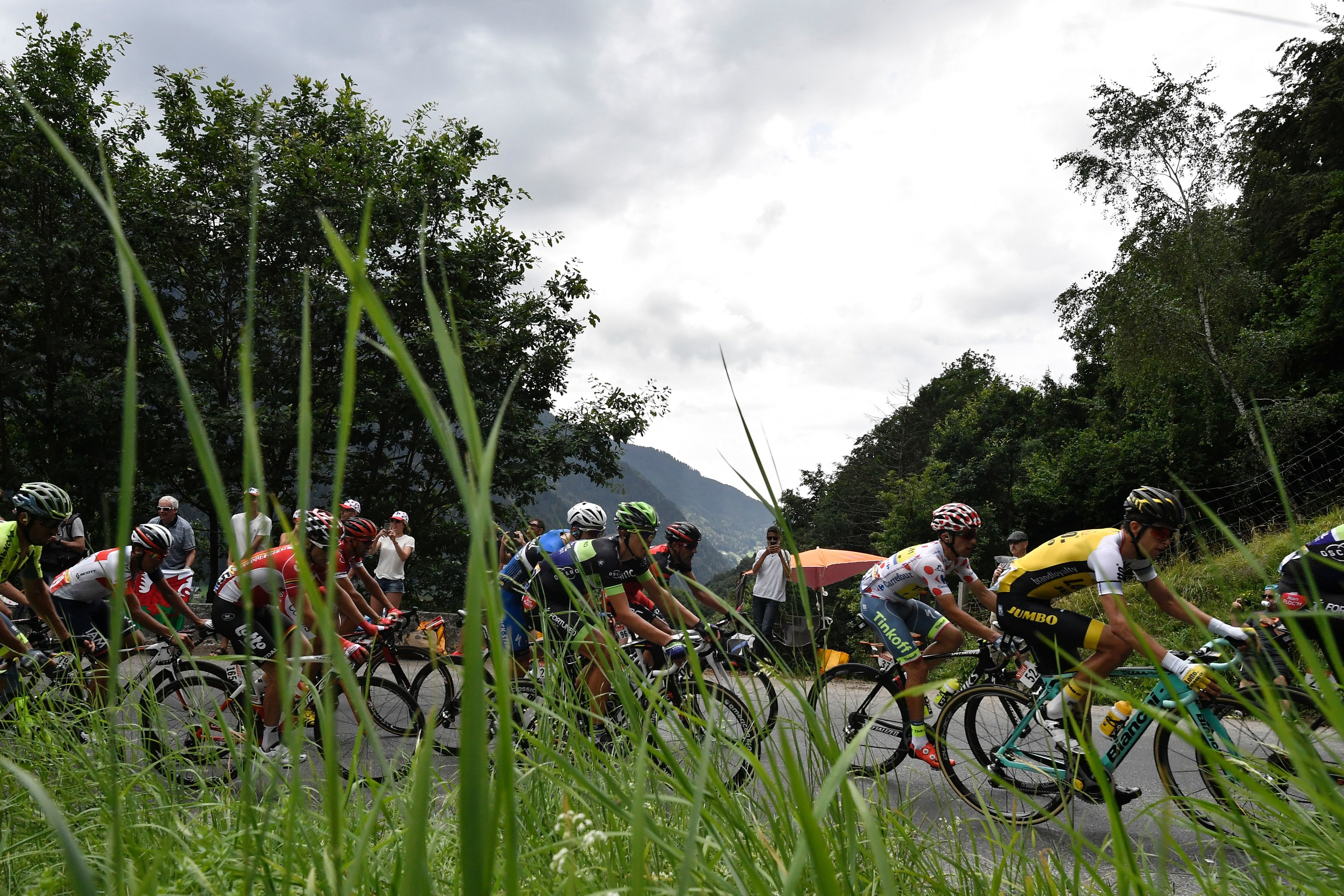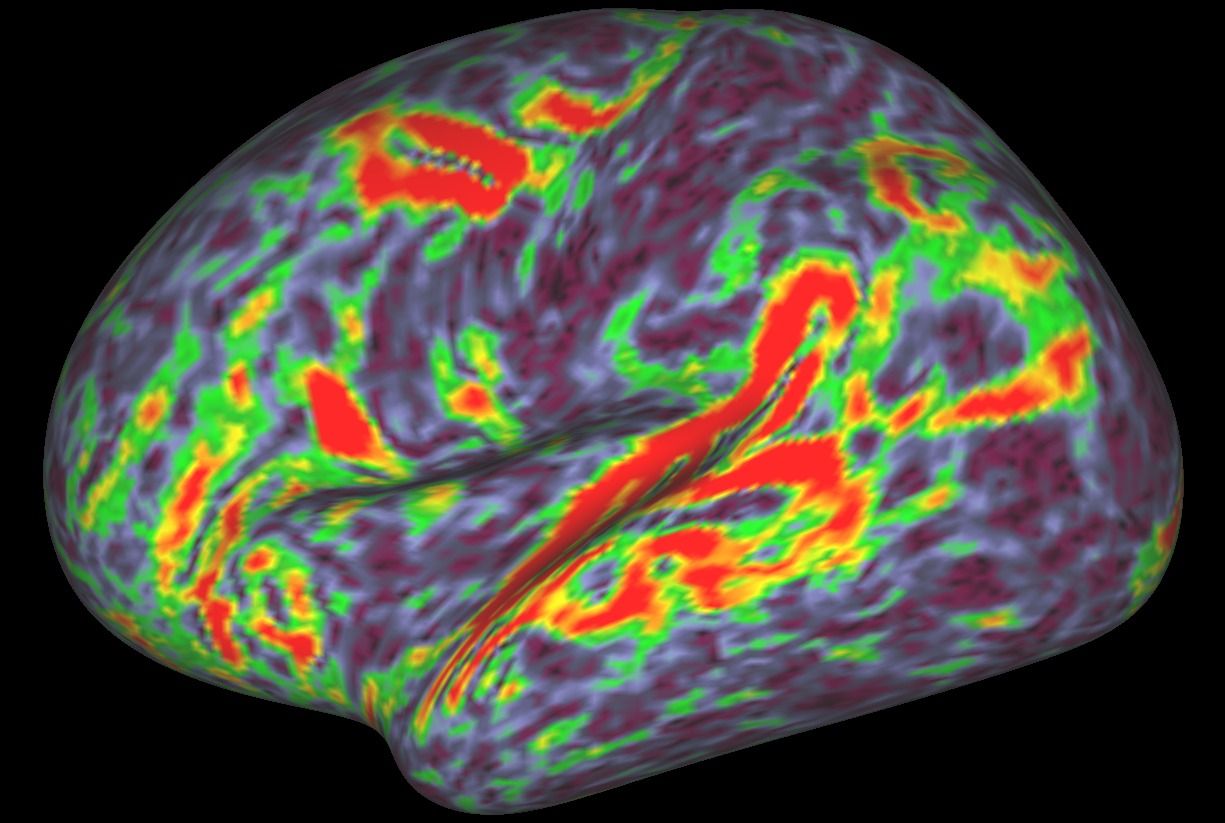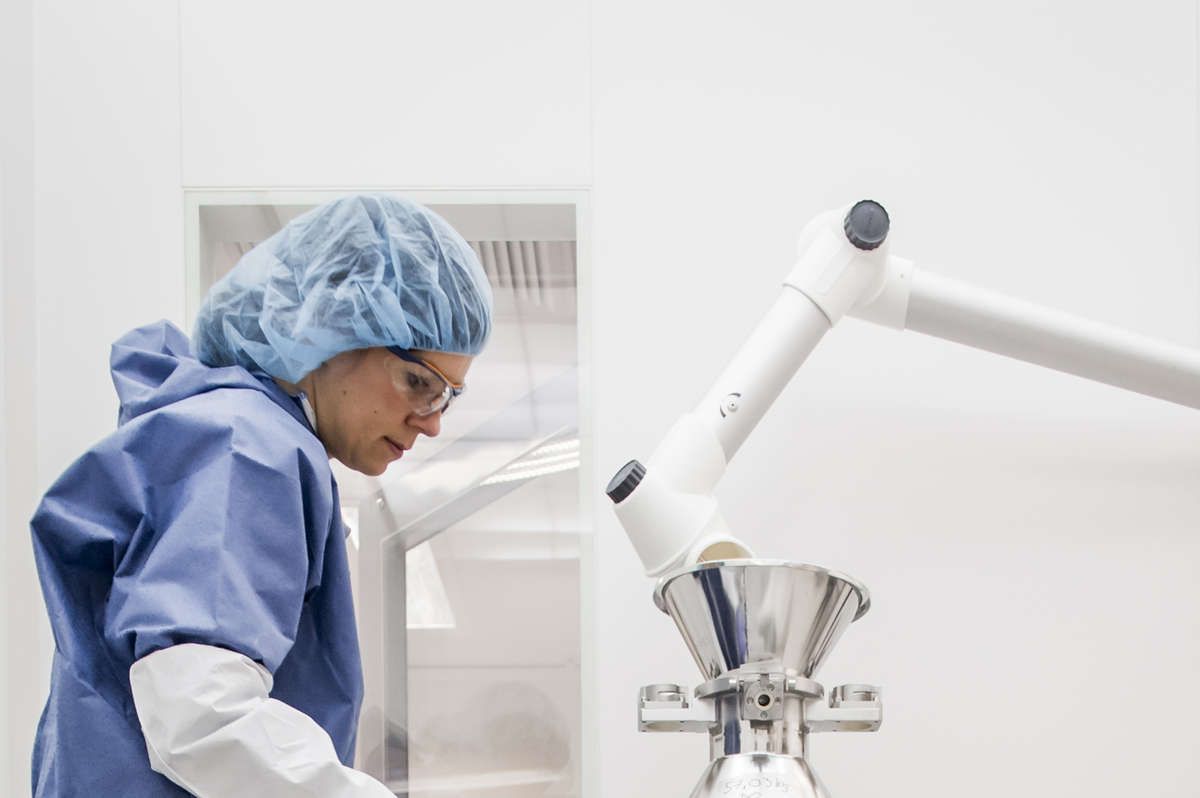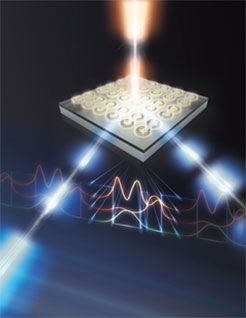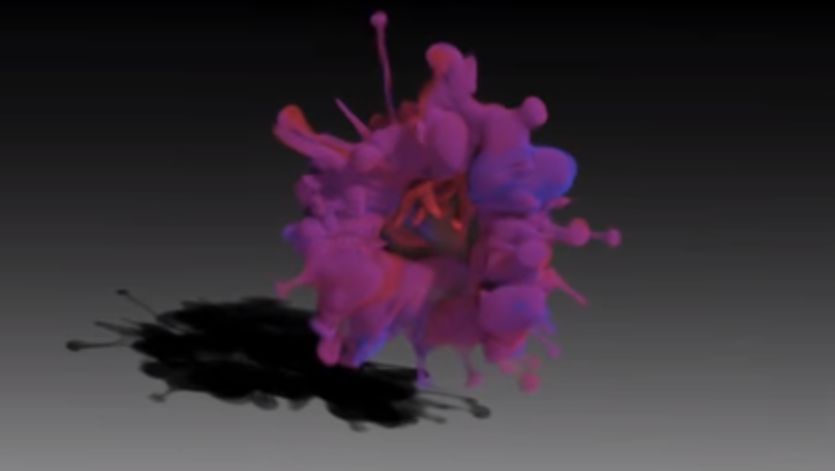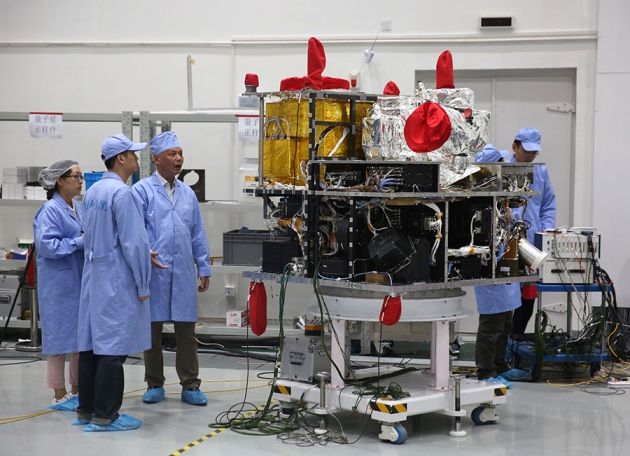
Computers use switches to perform calculations. A complex film with “quantum wells”—regions that allow electron motion in only two dimensions—can be used to make efficient switches for high-speed computers. For the first time, this oxide film exhibited a phenomenon, called resonant tunneling, in which electrons move between quantum wells at a specific voltage. This behavior allowed an extremely large ratio (about 100,000:1) between two states, which can be used in an electronic device as an ON/OFF switch to perform mathematical calculations (Nature Communications, “Resonant tunneling in a quantum oxide superlattice”).

Efficient control of electron motion can be used to reduce the power requirements of computers. “Quantum wells” (QW) are regions that allow electron motion in only two dimensions. The lines (bottom) in the schematic show the probability of finding electrons in the structure. The structure is a complex oxide (top) with columns (stacked blue dots corresponding to an added element) where the electrons are free to move in only two dimensions. This is a special type of quantum well called a two-dimensional electron gas (2DEG). (Image: Ho Nyung Lee, Oak Ridge National Laboratory)
Continue reading “Moving beyond semiconductors for next-generation electric switches” »
